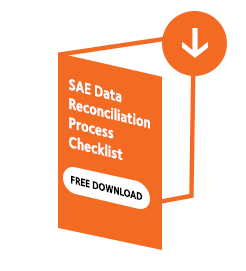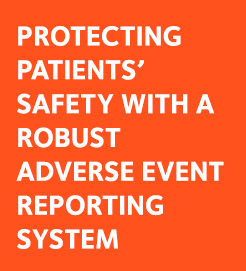In spite of important progress in the use of automated tools in clinical trials, solid and clear processes remain the cornerstone of good trial management. Nevertheless, it is inevitable that those processes must evolve to incorporate emerging technologies in the best possible way without delegating the entire job to computers and automated algorithms. SAE data reconciliation is a very good example of such synergy to achieve the best result in data quality and to support clinical trials safety.
Anyone having worked in clinical research for more than a decade will have noticed the impressive multiplication of software tools involved in the management of clinical trials. There is of course Electronic Data Capture (EDC) for the direct capture of clinical data at the investigational site and Clinical Trials Management Systems (CTMS) to track operational parameters such as sites location and personnel or monitoring visits dates and reports. But there is much more.
IVRS – Interactive Voice Response Systems (and the more recent IxRS) is used for the randomization of patients and clinical supplies management. Many companies use risk based monitoring (RBM) software to calculate risk and apply resources in the most efficient way, in particular in large trials. Electronic Document Management Systems are increasingly used to manage study documents and in particular the Trial Master File (TMF) list of essential documents. Investigators’ portals are used for broad communication between sponsors and investigational sites, and systems supporting the ICH E2B case submission process are used for Individual Case Safety Report (ICSR) submission to health authorities.
Finally, clinical trials safety reporting systems such as ARISg or Argus specialize in the reporting of Serious Adverse Events, including clinical data and narratives of the events written by the clinical investigators. In this respect, these systems are a hybrid between data and document management. It is inevitable that some of the information is captured in more than one of these tools and because the purpose is different, different care is given to the quality and consistency of this data. A date that has changed may be insignificant in the CTMS but of crucial importance in the clinical trial safety information system.
In recent years, efforts have been made to partially integrate some of these systems. IVRS feeds information to the EDC which in turn may be importing data from the CTMS and so on. But perfection is still a long way out and many discrepancies still make their way in the clinical trials safety cyberspace. SAE data reconciliation is one essential operation that guarantees consistency between the clinical and the safety databases and it is best conducted by combining a well-organized dedicated software with clear and robust SOPs. At least three departments, Clinical Operations, Data Management and Drug Safety are involved in safety data reconciliation. These departments need to work all along the trial conduct to avoid bottlenecks near database lock time. Each department’s responsibilities must be well described, the reconciliation process must be clear and regular and the software tools flexible and user-friendly. In conclusion, if you want to be successful in clinical trials safety management, make sure to balance your processes and your software.
DOWNLOAD NOW THE FREE SAE RECONCILIATION HANDBOOK
The Manual / Reference Book with all the topics related to the Safety Data Reconciliation Management.







